
1. Global Scale of Child Poverty
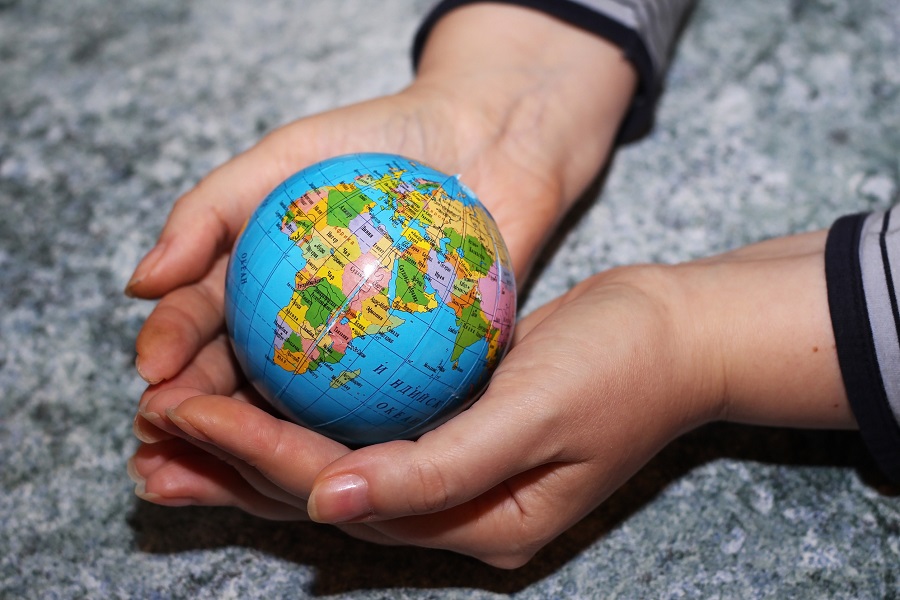
2. Definition and Measurement
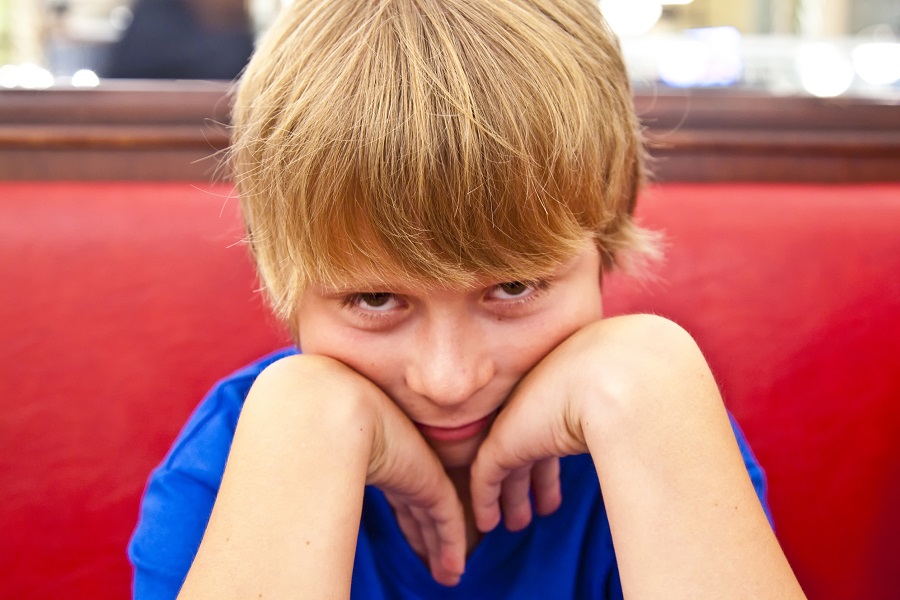
3. The Impact on Education
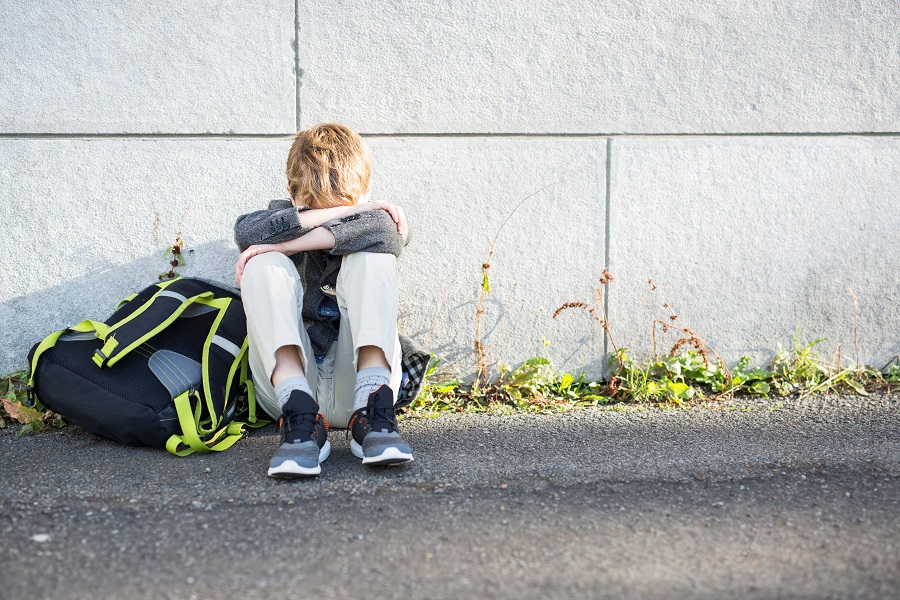
4. Health Disparities

5. Economic Costs

6. The Role of Social Protection
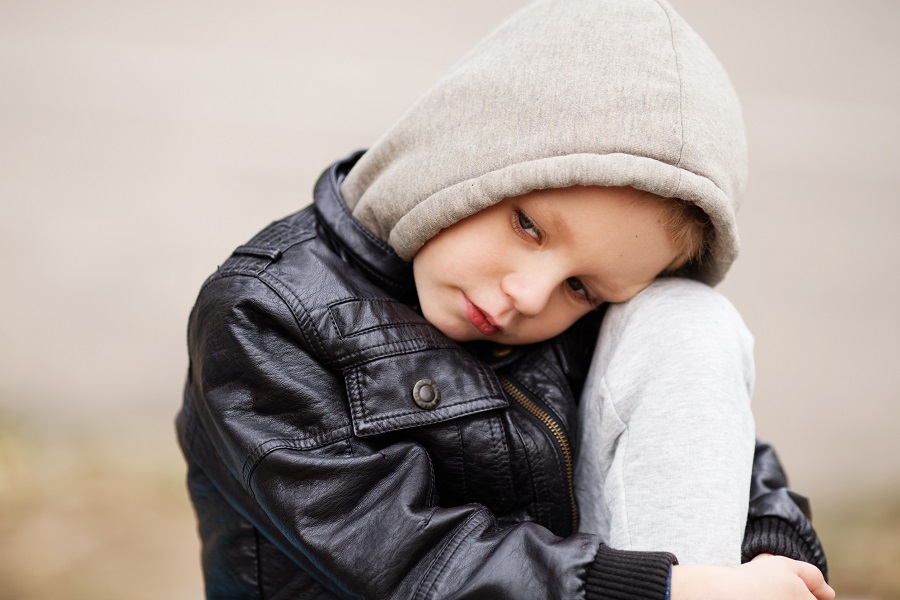
7. Child Poverty in Developed Countries
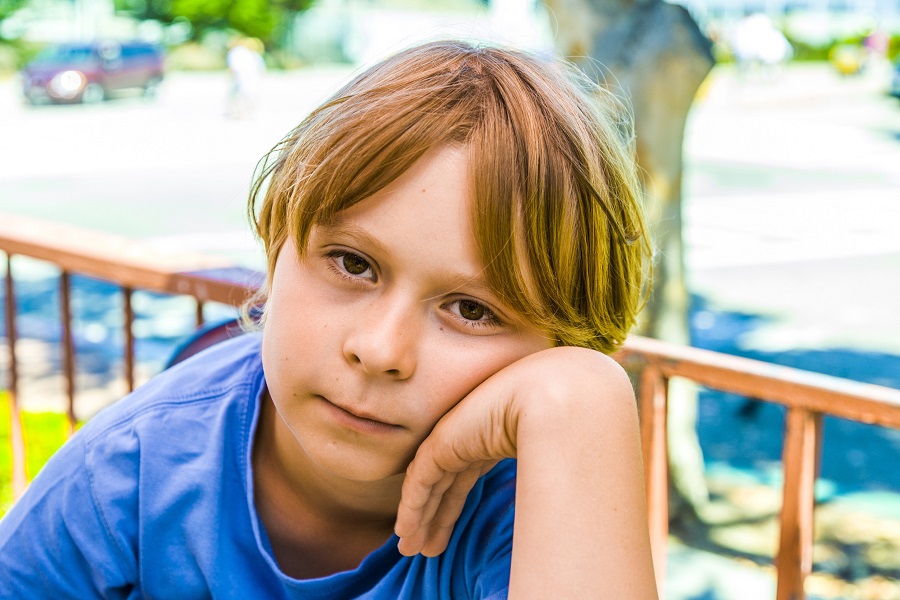
8. The Digital Divide

9. Impact on Mental Health
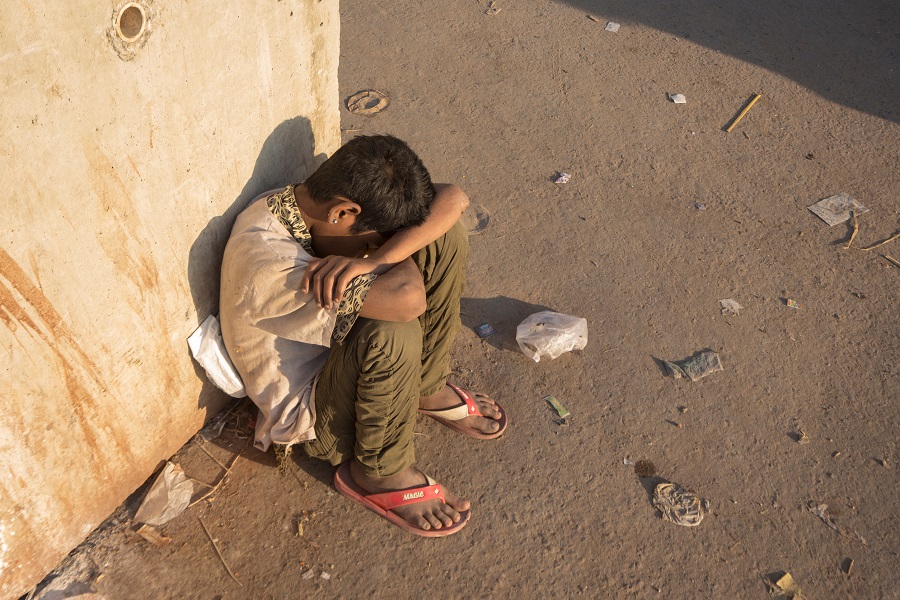
10. Nutrition and Development
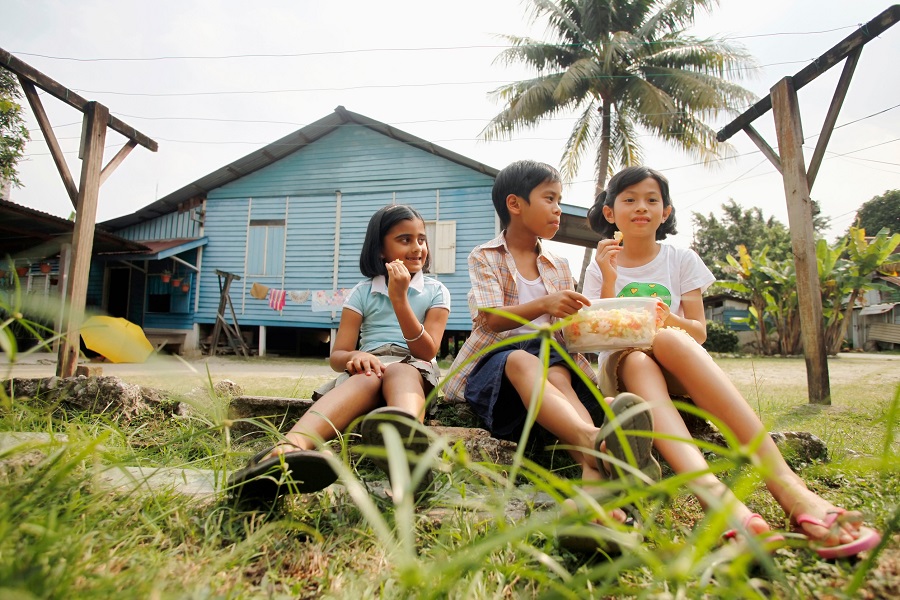
11. Homelessness and Housing Insecurity

12. Early Childhood Development
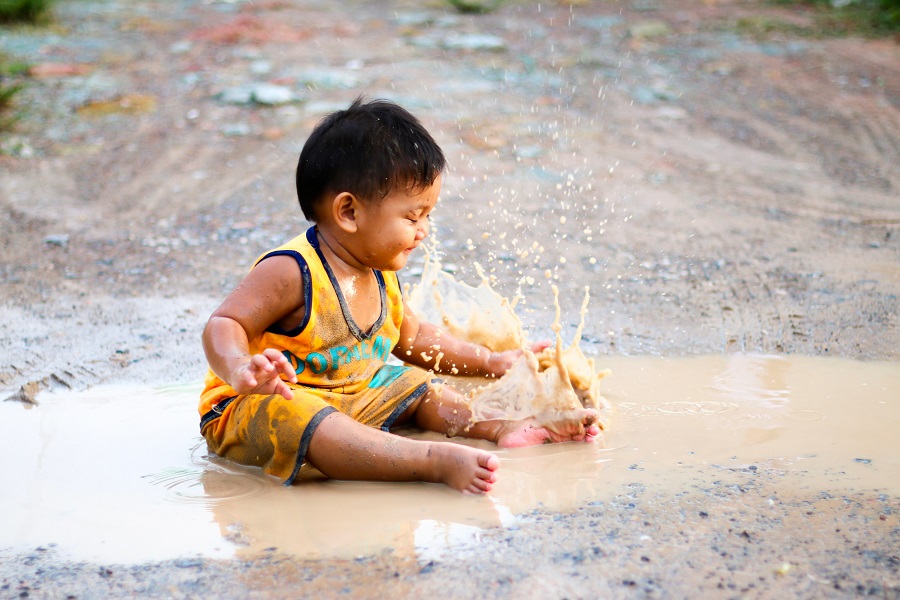
13. The Gender Dimension
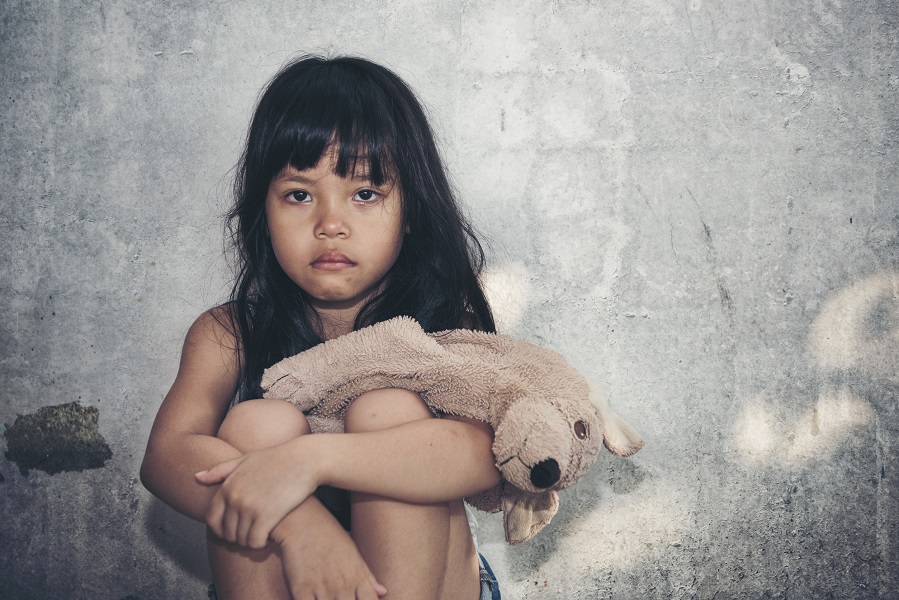
14. Access to Clean Water and Sanitation
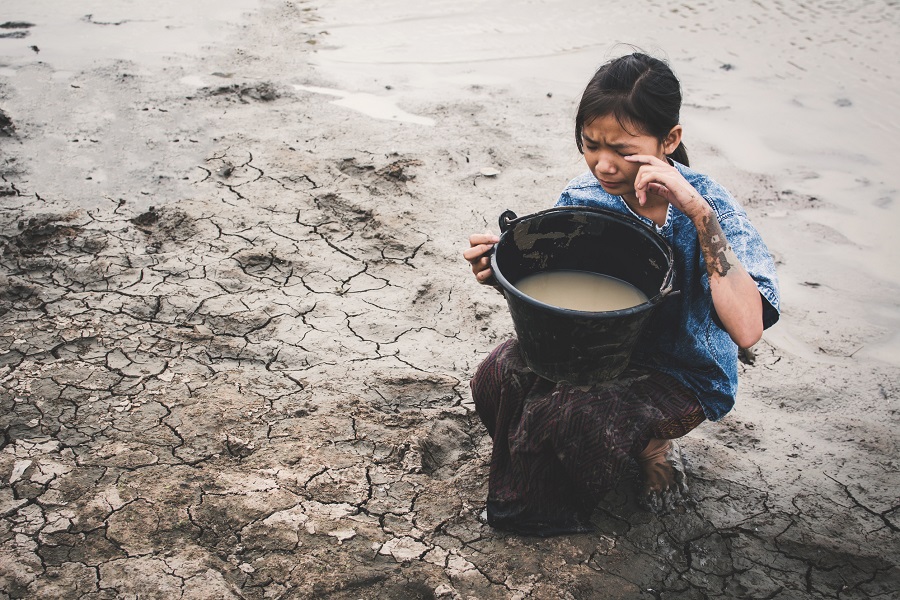
15. Child Labor
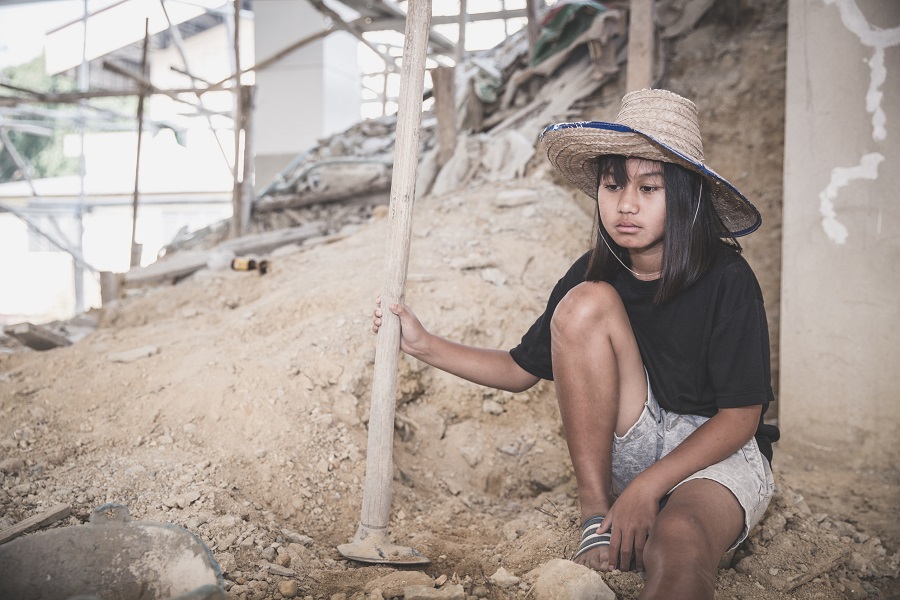
16. Social Exclusion
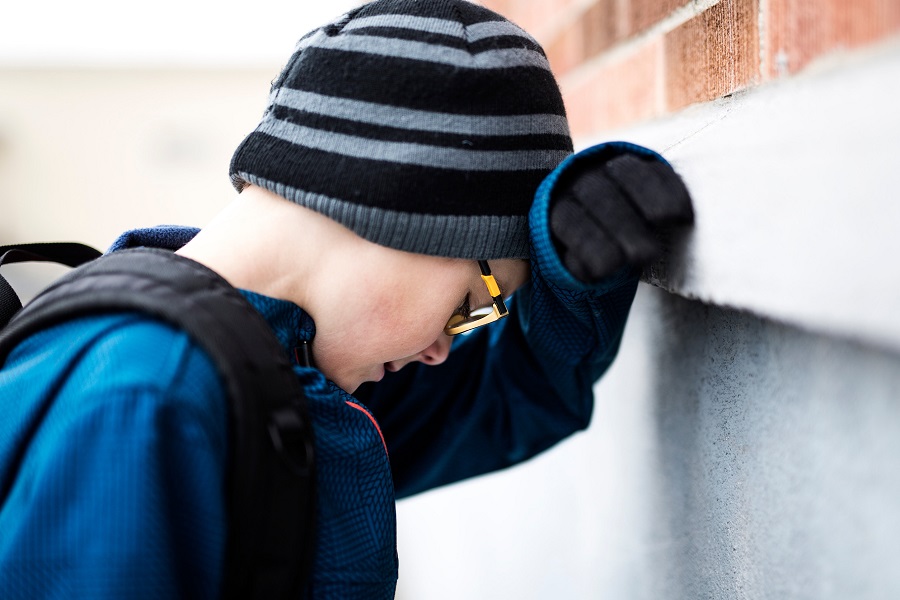
17. Racial and Ethnic Disparities

18. Impact of Climate Change
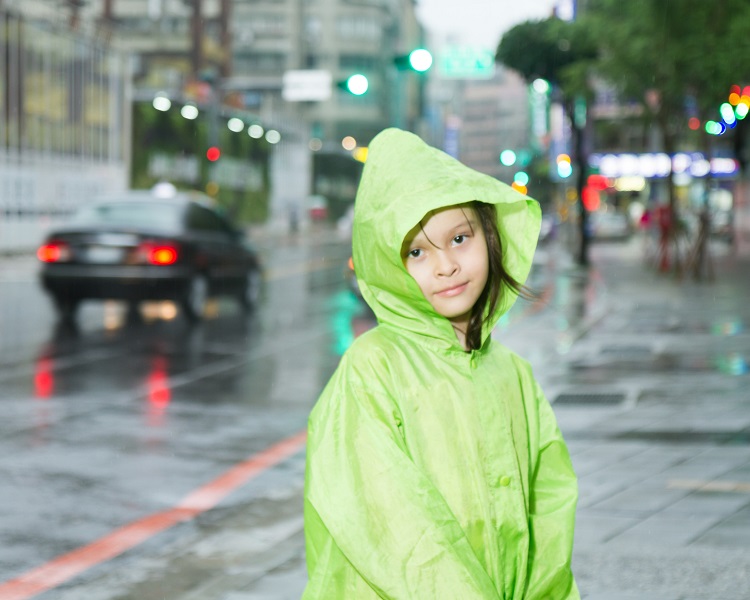
19. The Role of Education in Breaking the Cycle
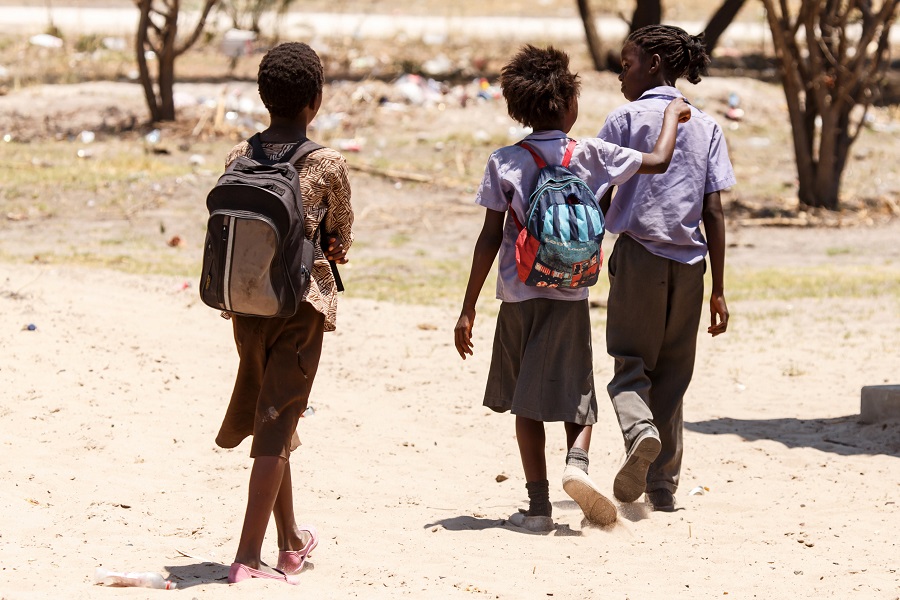
20. Collective Action Is Key
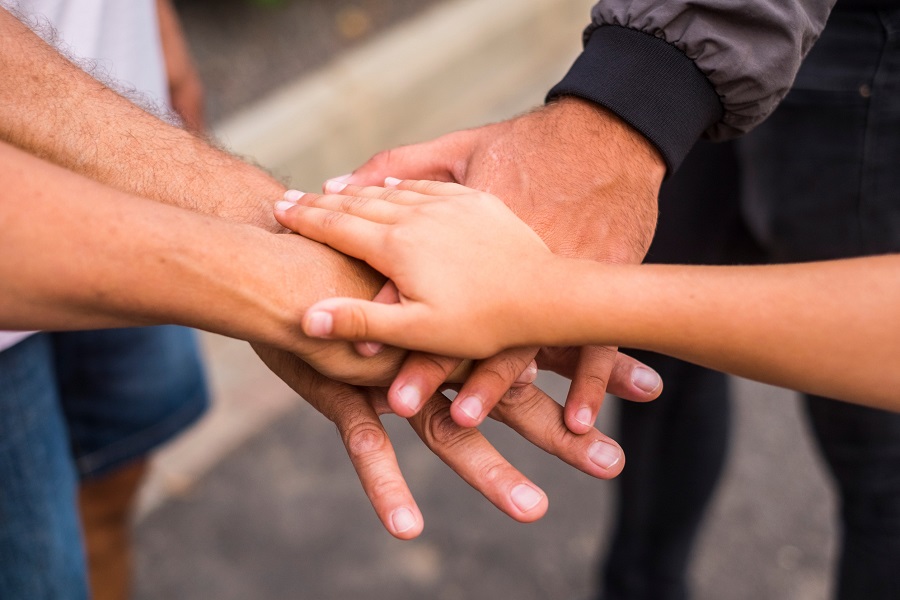
A Path Forward


Toi Williams began her writing career in 2003 as a copywriter and editor and has authored hundreds of articles on numerous topics for a wide variety of companies. During her professional experience in the fields of Finance, Real Estate, and Law, she has obtained a broad understanding of these industries and brings this knowledge to her work as a writer.
